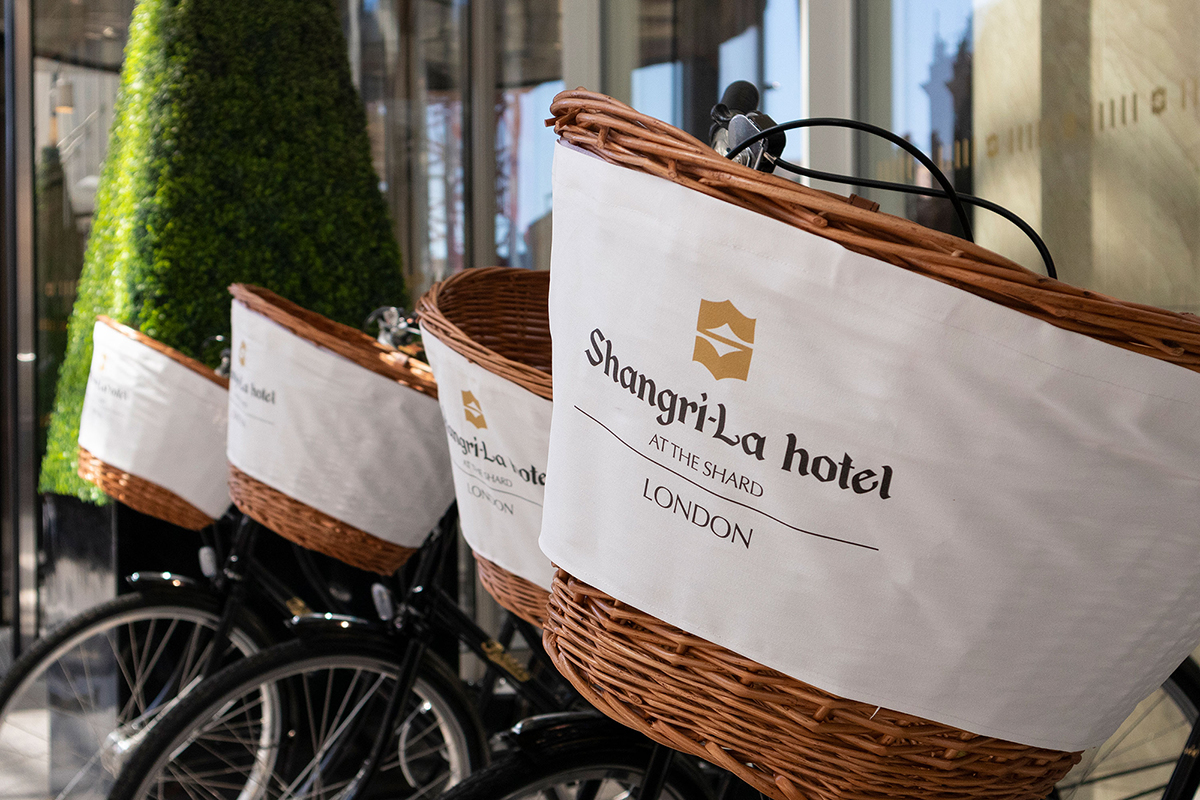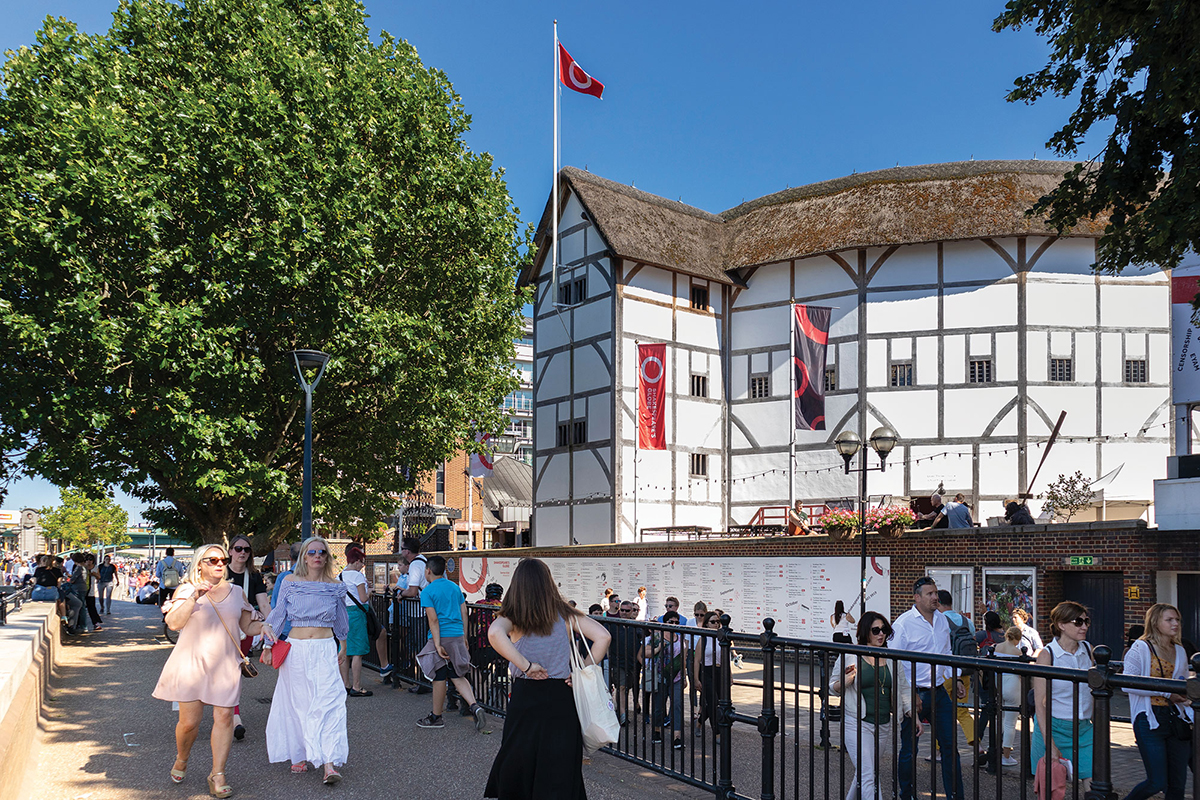Within a generation, Southwark has soared from understated and semi-industrial to ultra-fashionable. Today it is one of London’s most vibrant centres of gastronomy and entertainment.
The London Borough of Southwark, like the River Thames itself, has never stood still – reinventing itself for centuries. Two millennia ago it was notable only for its Roman bridge, which straddled the Thames at a main gateway into Londinium. By the time poet Geoffrey Chaucer penned his Canterbury Tales in the 14th century, a centre for entertainment and recreation had emerged just beyond the city walls – and he had his pilgrims start their journey at the Tabard Inn on what is now Borough High Street.In the 1500s, theatregoers flocked south of the river to see plays by Shakespeare and his contemporaries staged at the newly-built Globe Theatre. Thanks to the Elizabethans’ love affair with theatre, Southwark was a place to see and be seen. And in a plot twist Shakespeare would have relished, the same is again true in the 21st century.

The architecture here spans centuries - history that’s reflected in a wealth of cultural offerings from theatre and cinema to art galleries and museums.
Southwark still has a sense of discovery. You can experience everything from Dickens to Blade Runner within a few streets.

The regeneration of modern Southwark can arguably be dated back to the opening of the new Shakespeare’s Globe in 1997, swiftly followed by Tate Modern three years later. Both venues attract so many international visitors that the Tate has recently been extended and the Sam Wanamaker Playhouse has opened next door to the al fresco Globe, guaranteeing year-round performances. Add to the cultural mix the Royal National Theatre and revamped Hayward Gallery, both just a short walk away, and you can see why Southbank has earnt its status as a cultural hub.
I grew up in South East London and love this part of the capital. The café is a chance for more people to enjoy this special part of London, whether they work here or are just passing through.

In the late 1990s Borough Market traded wholesale fruit and vegetables, open in the dead of night and closed during the day. Now it’s a byword for gastronomy in the capital and has spawned a restaurant scene that includes more than 50 eateries, catering to every palate and pocket.
As well as a raft of affordable establishments run by chefs who cut their teeth on the flourishing street-food scene, Southwark offers some bona fide destination restaurants masterminded by leading lights in the world of hospitality. Iqbal Wahhab, award-winning restaurateur and founder of the legendary Cinnamon Club, led the charge with Roast more than a decade ago, followed by Gordon Ramsay’s Union Street Café and Sea Containers Restaurant at riverside design hotel Mondrian London.
“Residents of The Bankside Collection will enjoy far more than spectacular views across the capital, from Tate Modern to The Shard,” explains Alex Mann, retail agent for Bruce Gillingham Pollard, who has seen the area evolve over the past decade. “Hixter Bankside, Hawksmoor and the Black Sheep Coffee shop are just minutes away from their front door.”

To add to the excitement, two of the city’s most talented chefs Mark Hix, founder of the eponymous Hix restaurant chain, and Ivan Tisdell-Downes, who co-founded Native restaurant on Southwark Street, are set to open as yet unnamed eateries on the ground floor of The Bankside Collection.“Southwark is a central foodie hub,” Ivan explains. “We will pick the best fruit and vegetables from the local stalls around Borough Market in the morning, then champion English charcuterie and wines in the evening. “My mission is for the café to be accessible to everyone keen to discover new ingredients in a relaxed, casual atmosphere. I grew up in South East London and love this part of the capital. The café is a chance for more people to enjoy this special part of London, whether they work here or are just passing through.”

People who flock to the area for work, entertainment and eating out are keen to settle here, not only for the food and culture but also because it is remarkably affordable when compared to other Central London Postcodes. With it’s unique mix of enviable connectivity, a vibrant foodie scene and world-class museums, theatres and galleries, Southwark truly has a recipe for success.